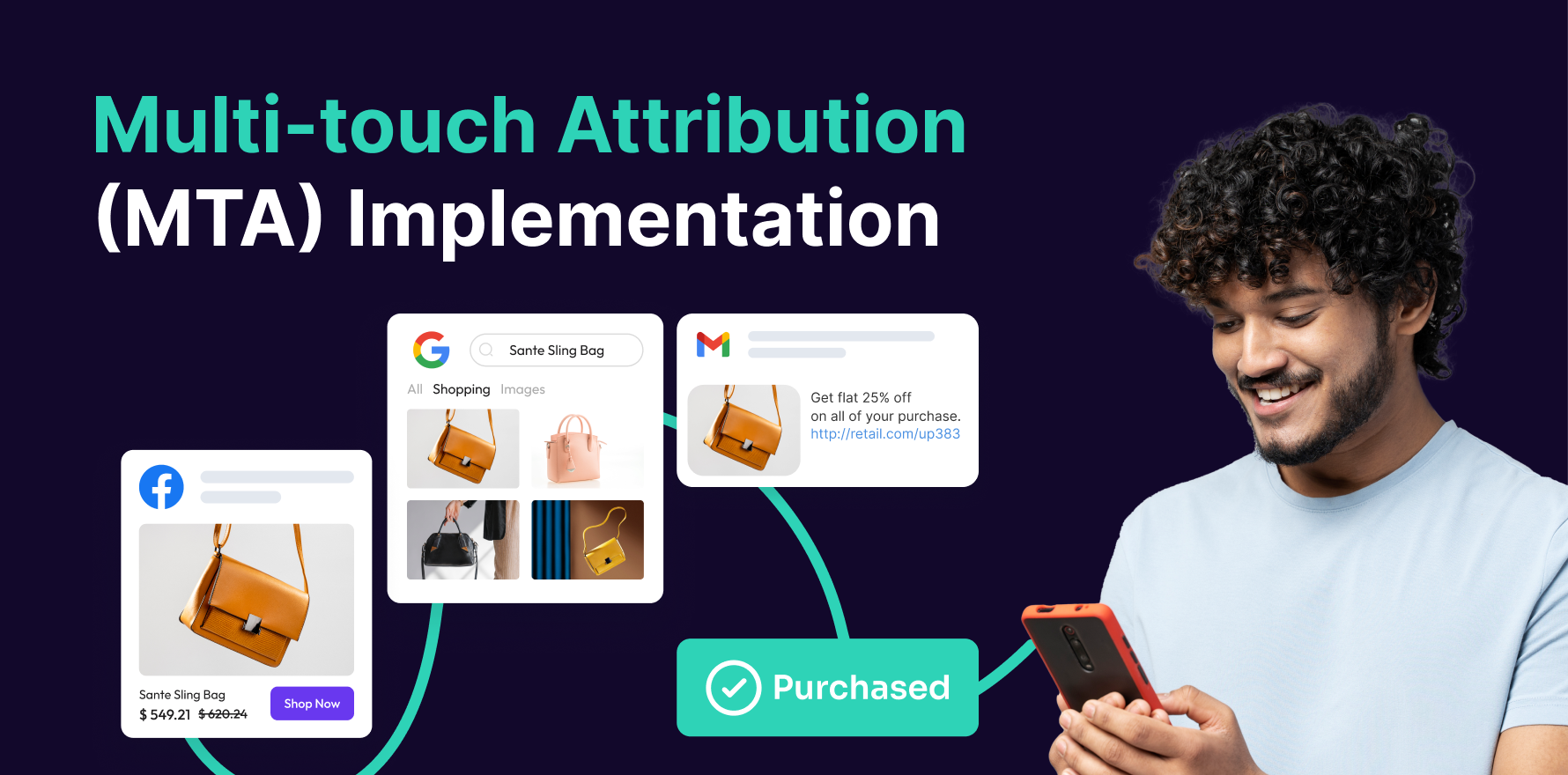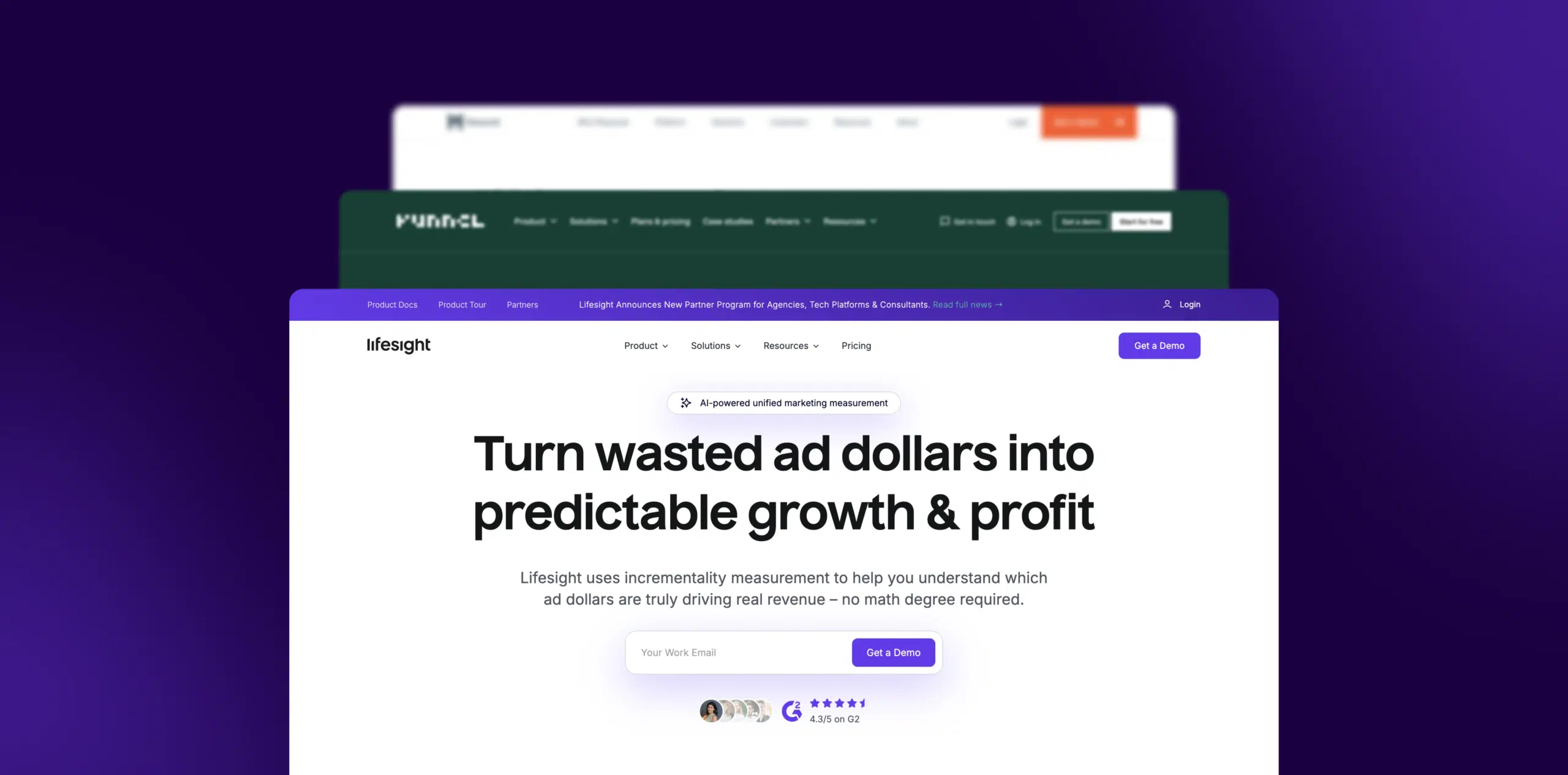What is Conversion Attribution?
Conversion attribution is a systematic method employed in digital marketing to allocate credit to one or several touchpoints along the customer’s buying journey. It seeks to determine which parts of the marketing campaign or strategy are contributing most significantly to conversions, giving marketers a better understanding of their purchases, clicks, form fill-outs, etc. Essentially, conversion attribution helps you understand which parts of your multichannel marketing efforts lead the user to the final purchase decision.
Formula
Example
- A user could first come across your brand or product through a social media ad (Facebook, Instagram, etc.), then head over to your website through organic search, receive a promotional email, and finally, purchase from a Google search ad.
- In the conversion attribution model, each of these touchpoints — the social media ad, organic search, email, and the Google ad – would be given an equal or weighted attribution according to the model you are using.
Why is Conversion Attribution important?
Conversion attribution is critical in gauging the effectiveness of your marketing campaign. It helps:
- Understand the customer journey and all touchpoints.
- Optimize multi-channel marketing strategies.
- Allocate resources more efficiently, and maximize ROI.
- Streamline messaging across different platforms.
Which factors impact Conversion Attribution?
You can improve conversion attribution by:
- Utilizing advanced analytics tools: Using such tools can provide deeper insights like multi-touch attribution, which is more comprehensive than traditional last-click attribution.
- Employing UTM parameters: This can help track the exact source of your traffic and conversions.
- Testing and adopting different attribution models: Different models – like first-click, last-click, linear, time-decay, and positional – provide different insights. Choosing the right one for your business is crucial.
How can Conversion Attribution be improved?
- 1. Functionalities of tracking tools: Not all tracking tools have advanced functionalities like cross-device or cross-platform tracking.
- 2. The complexity of your buying cycle: More touchpoints in the conversion path make attribution more challenging.
- 3. Traffic sources: Misattributed traffic can impact your understanding of conversion paths.
- 4. Technological limitations: Issues like browser cookie deletion can affect tracking, hence affecting conversion attribution.
What is Conversion Attribution’s relationship with other metrics?
- Conversion attribution, when effectively utilized, directly impacts other crucial ecommerce KPIs. The metrics include:
- 1. Conversion Rate: Understanding which touchpoints convert best allows for campaign optimization, thereby improving your overall conversion rate.
- 2. Customer Acquisition Cost (CAC): With better conversion attribution, you can allocate your resources wisely, potentially lowering your CAC.
- 3. Customer Lifetime Value (CLV): Effective conversion attribution can help bring high-value customers aboard, improving the CLV.
Free essential resources for success
Discover more from Lifesight






















































